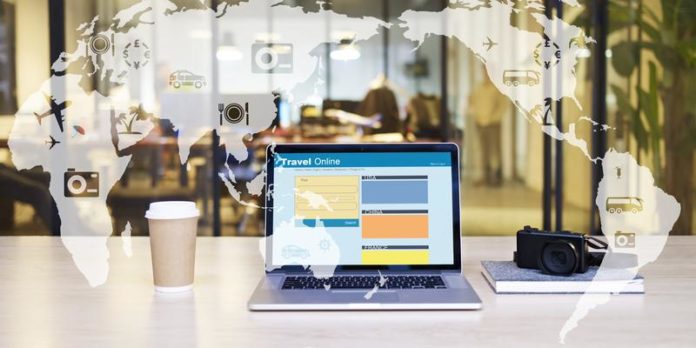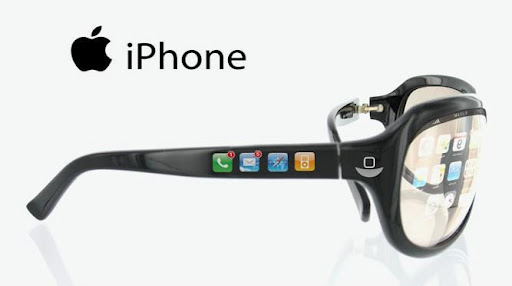As in other areas of life, technology has made traveling easier than ever. In the past, one often needed to rely on a travel agent’s wisdom to ensure smooth a smooth journey—and even then, any number of things might go wrong. Technology has enabled the modern traveler to take a more hands-on approach to travel. Millennials, unsurprisingly, have embraced the increased flexibility technology affords, but these developments will benefit anyone desiring both a less stressful and more adventurous journey. Here are just a few ways technology is making travel easier than ever before.
Ease of Research
Gone are the days of relying on a travel agent for the low-down on travel spots. Nowadays, all one needs is a browser. More importantly, the quantity and quality of available information are unprecedented. A multitude of websites feature testimonials and advice from seasoned trekkers about where to stay and what to do. Many sites cater to niche interests and are especially useful for those looking to avoid touristy destinations.
Choosing Where You Stay
Likewise, vacationers are spoiled for choice when it comes to places to stay. Booking your stay has never been easier. No longer tied to motels and hotels or staying with friends and relatives, with the help of apps like Airbnb, VRBO, and Couchsurfing, one can stay in off-the-grid places like hostels and private houses. Such options are perfect for those traveling on a budget, or who want the experience of staying in local neighborhoods, or who like the convenience of having amenities such as a kitchen or washing machine. Vacation rental earnings are expected to grow over the next few years, so one can expect no shortage of places to stay both nationally and internationally.
Getting Places
Web mapping services like Google Maps offer not just the maps of old but also real-time condition reports. They assist in navigating not just streets and terrain but also unpredictable local conditions such as traffic and weather. In the past, often one could end up stuck or even stranded in an unfamiliar setting. Now, the intrepid nomad can easily bypass potential misfortune with but a quick glance at their smartphone.
Translation
One of the most overlooked travel boons afforded by technology must be translation apps. In the past, when staying in a foreign locale for any substantial length of time, you might need a language course prior. Or at the very least, have a phrasebook at the ready. Neither option guaranteed being understood by the locals, particularly when encountering local dialects. Today, your smartphone can launch increasingly powerful translation apps. They do everything from translating street signs to real-time voice translations. Best of all, many are free.
Electronic Payments
Digital wallets and electronic payments are another overlooked advance. Granted, in the past, traveler’s checks ensured a degree of safety. They were refundable if lost or stolen. However, digital wallets provide an even greater measure of safety as the user’s credit card and other information are encrypted–thus useless to a would-be thief. It also provides convenience. An e-wallet can be linked to multiple funding sources, including credit cards, checking and online payment platforms like PayPal. Finally, e-wallet money transfer apps can handle currency conversions on the fly. No need to worry about obscure currency exchange rates that can fluctuate widely. Digital wallets offer a flexibility that traveler’s checks can never match.
Lighter Suitcase
When the iPod and smartphone arrived in the 2000s, they set off a revolution in how we consume media. Their small form factor played a sizable role in their immediate adoption, and nomads quickly grew to appreciate the extra space now present when packing for an extended trip. Instead of making room for a camera, MP3 player or books, today a single device stores all of this media and more. Packing may still be an art, but these devices free up a lot of space.
Digital Photography and the Cloud
Digital photography enabled novice shutterbugs to learn their craft without worrying about the cost of film. Today, even casual photographers can take great-looking photographs with their smartphones given recent hardware and software advances. A tourist can document an entire trip with their smartphone and not have to worry about expensive and delicate camera gear. As onboard memory becomes full, all one needs is an internet connection to back up these precious snaps. Cloud storage services have become ubiquitous and many are cheap or even free. Some, like Google Photo and Flickr, cater to amateur and professional photographers alike, offering vast storage plans and built-in filter apps. Best of all, the traveler can archive their photos throughout the journey.
Keeping in Touch
In years past, conferring with family and friends back home could be a frustrating proposition. Phone calls could be prohibitively expensive—if indeed a phone could even be found in some locales. Likewise, letters and postcards might take days and weeks to reach their intended recipients. Nowadays, communication is decidedly cheaper and easier. Social media sites like Facebook and Instagram allow for frequent, instantaneous status reports. Telecommunication applications such as Skype enable the traveler to call family at a far cheaper per-minute rate than previously. In fact, given a decent internet connection, Skype and other services allow the vacationer to view and hear far-away loved ones. Keeping in touch has never been more stress-free.
Technological advances have made travel undeniably easier. However, as these examples illustrate, tech has had another, perhaps more subtle effect. Explorers can now personalize their travel experience to an unprecedented degree. Thanks to the internet, off-the-beaten-track destinations are no longer tightly held secrets. Likewise, smart tech means that travelers can revise itineraries on the fly in the midst of their journey. If time and resources permit, a tourist might decide on a whim to travel to an unplanned locale, armed with a knowledge of what to expect. Meanwhile, the traveler can fully–and attractively–document the experience from beginning to end. Next-generation technology, in short, has provided unparalleled options for trekkers.
Here’s another article you might like: Generation Z, the Smartphone, and Travel
















